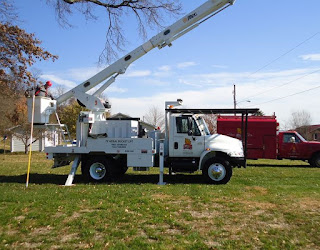The Occupational Safety and Health Administration cited a Fountain City restaurant for a serious violation that led to the death of employee Brooke Baures.
Baures died of severe head trauma after being entangled in a food elevator, or dumbwaiter, on December 1, 2014 at the WingDam Saloon & Grill. She was a Winona State University Student from Chetek, Wisconsin.
In a letter dated May 26, OSHA stated that Jammin Turtles, LLC, dba WingDam Saloon & Grill “Did not furnish employment and a place of employment which were free from recognized hazards that were causing or likely to cause death or serious physical harm to employees in that employees were exposed to caught-in hazards:
“On the first floor and the second floor, employees operated a dumbwaiter (food elevator) system that was not equipped with mechanical locks and electric contacts on the hoistway access door to prevent movement of the dumbwaiter car while employees reached into the car body envelope to load and unload materials.”
The dumbwaiter was permanently removed on Saturday, December 6 at the direction of the State of Wisconsin Department of Safety and Professional Services.
Jammin Turtles, LLC, dba WingDam Saloon & Grill faces a $7,000 fine.



































